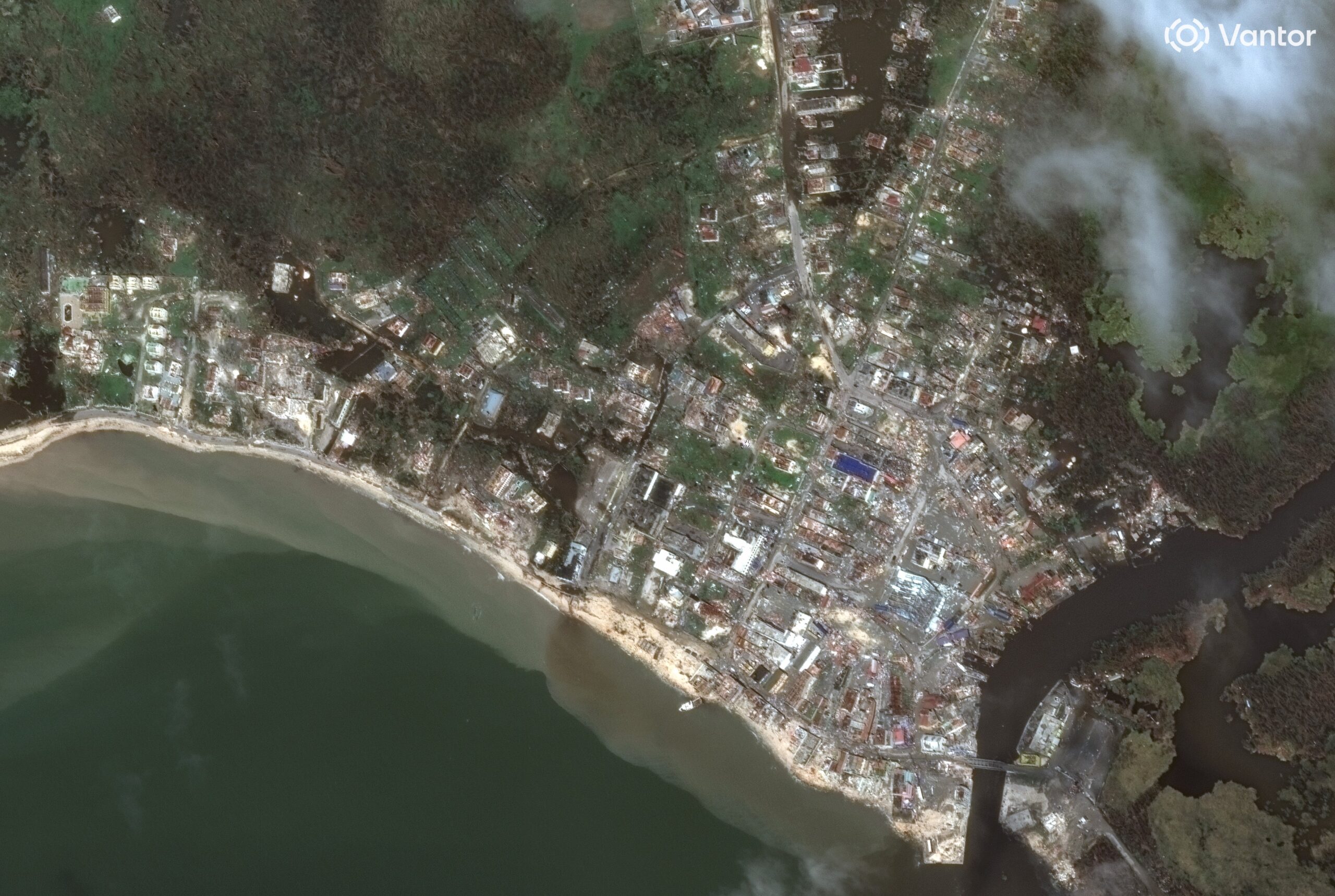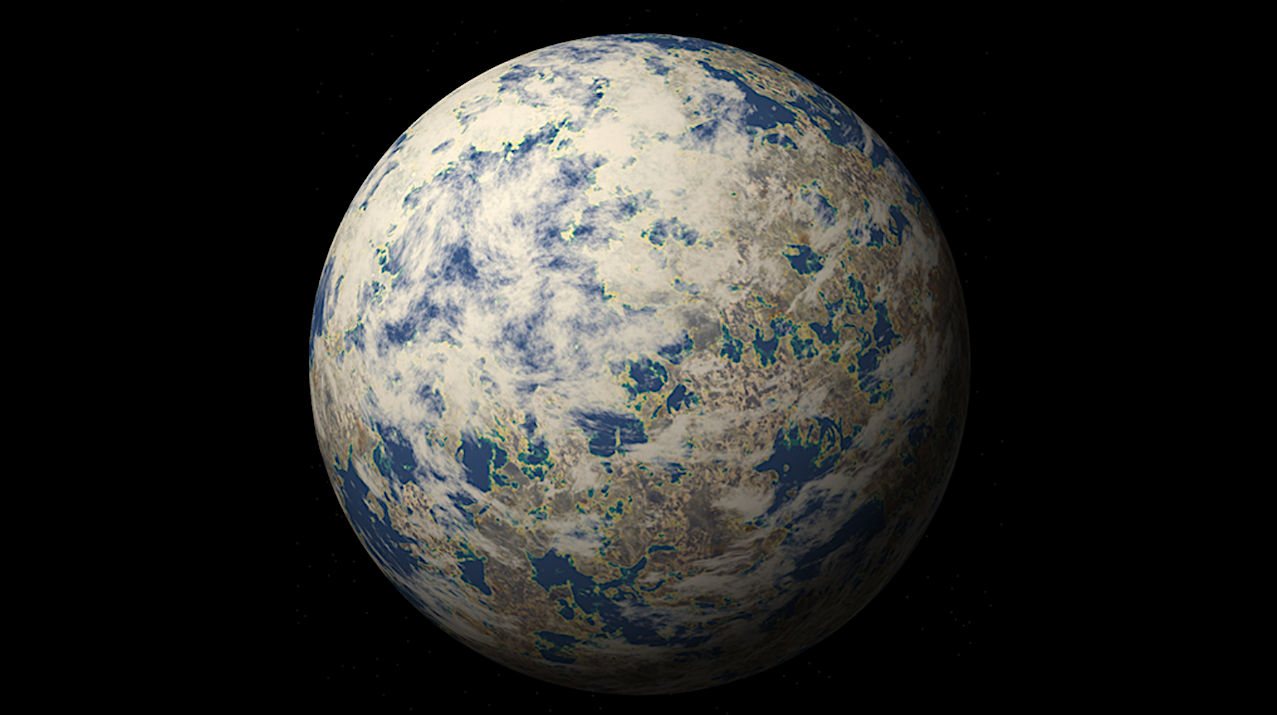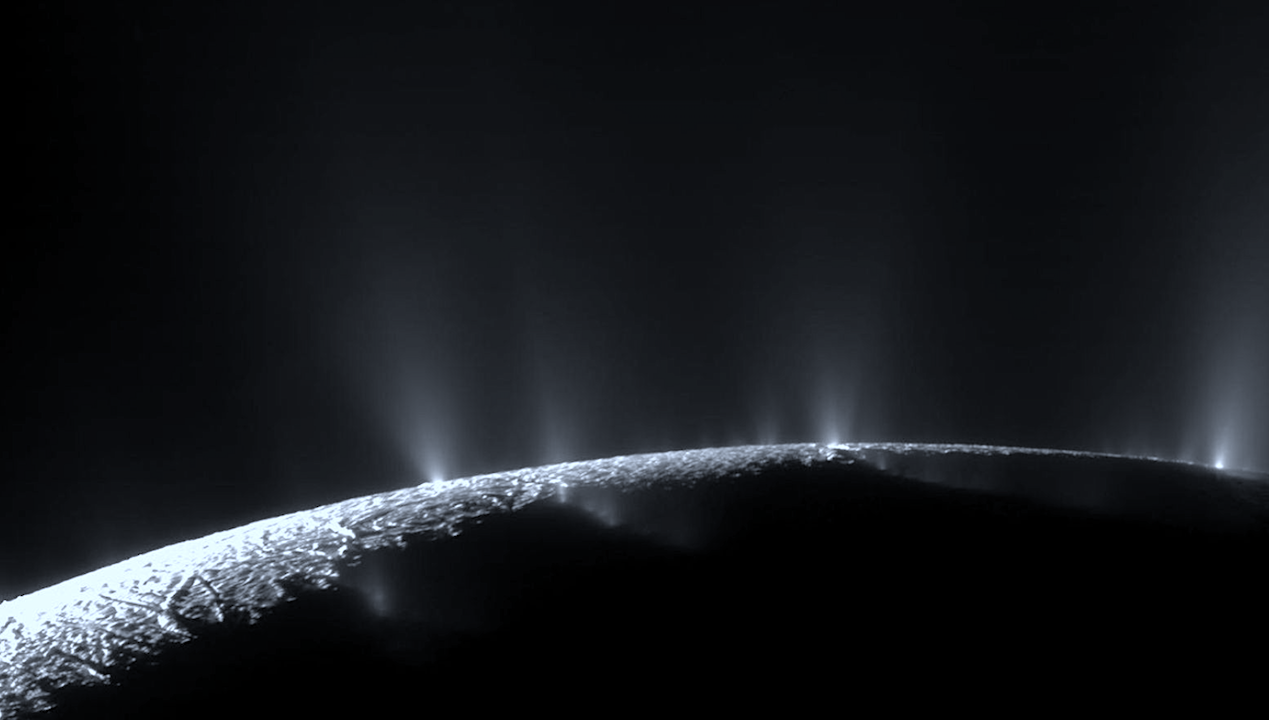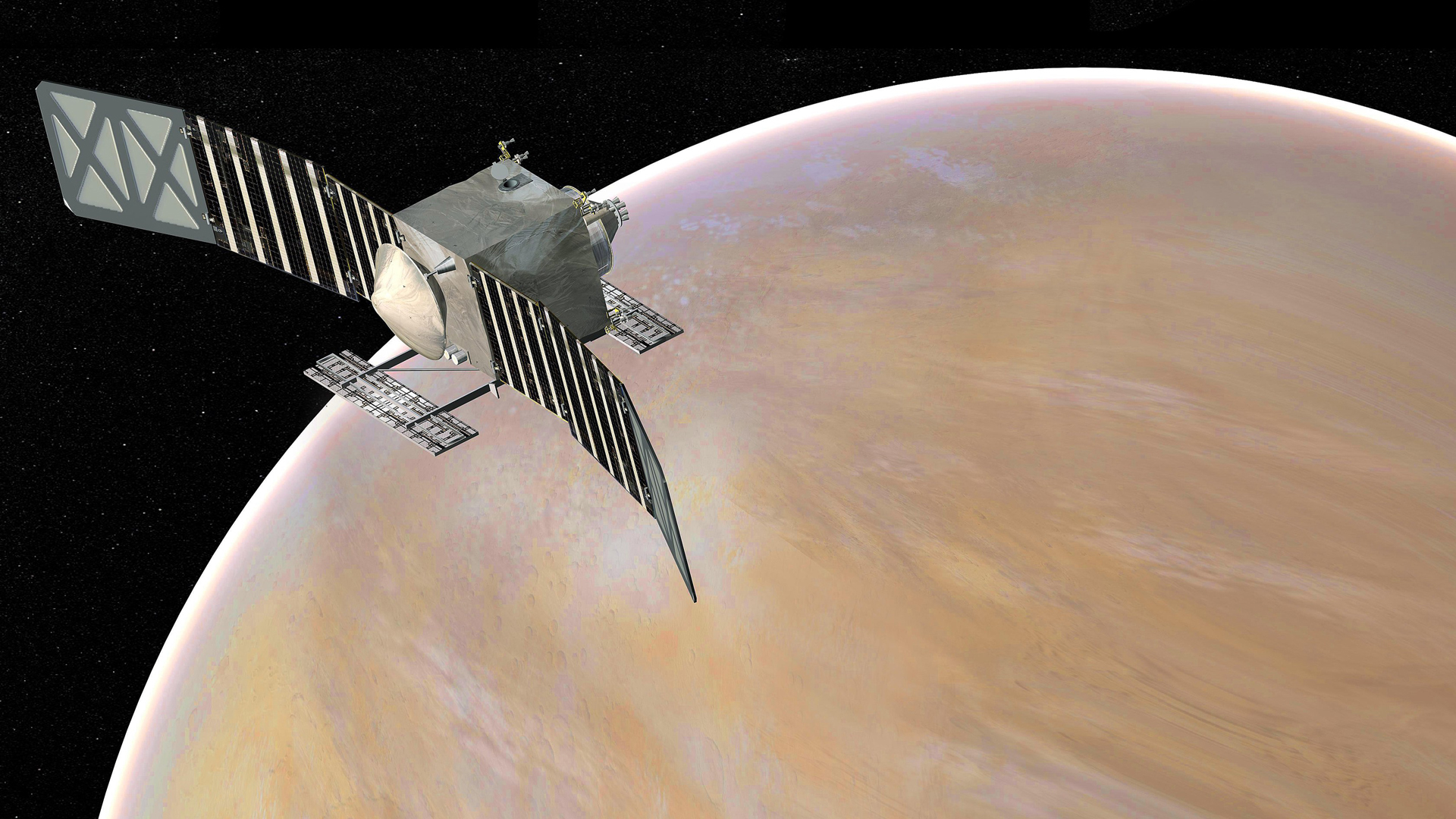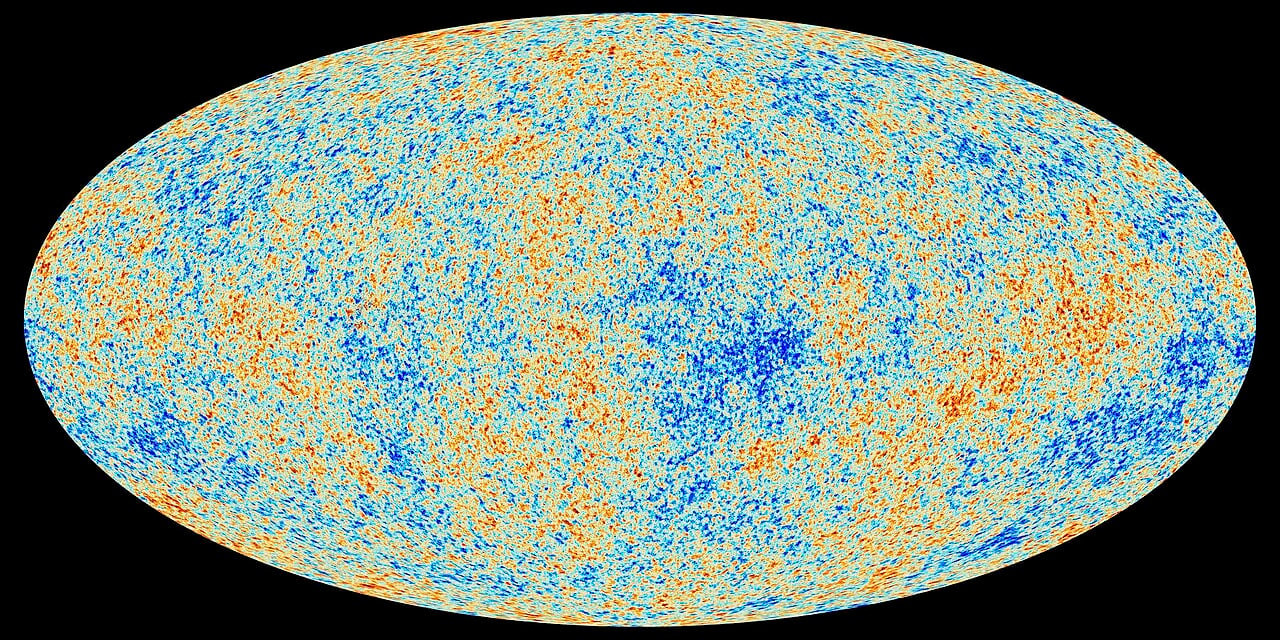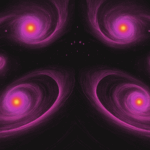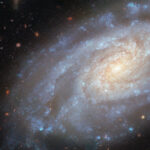With the help of satellites, we are beginning to get an understanding of just how catastrophic Hurricane Melissa was. On Oct. 28, Hurricane Melissa became the fourth hurricane in 75
Hot Posts806- Page
Illustration of the behaviour of the CARMENES visible channel CRX for the mid-M dwarf EV Lac. Top Left: Variation of RV as a function of wavelength (spacing is logarithmic). The
The renewed interest in the moon can arguably be traced back to the 2009 discovery of water ice on the lunar surface. Much of the narrative in the intervening decade
The European Space Agency (ESA) is launching an exciting opportunity for students interested in the space industry by inviting applications for its Student Internship Programme for 2026. This initiative seeks
UT Austin Habitability Prize The Astronomy Department and the Center for Planetary Systems Habitability (CPSH) at the University of Texas at Austin invite applications for an institutional prize postdoctoral fellowship.
View larger. | Saccharomyces cerevisiae, also known as baker’s yeast. Could yeast survive on Mars? A new study from scientists in India shows how yeast on Mars could, in fact,
In this image from Cassini, backlighting from the Sun spectacularly illuminates Enceladus’ jets of water ice. NASA/JPL-Caltech/SSI 5 November 2025 at 11:00 CET (10:00 UTC) Speaker: Thomas O’Sullivan, FU Berlin
Venus just lost its last active spacecraft, but more might be coming in a few years. The Japanese Aerospace Exploration Agency’s Akatsuki mission orbiting Venus was declared dead last week
From galaxy rotation curves that defy Newton’s laws to gravitational lensing that bends light in eerie ways, scientists have been piecing together clues about dark matter like interstellar sleuths. Particle
Researchers from Keio University have made the most precise measurement yet of the cosmic microwave background radiation’s temperature from seven billion years ago, finding it was approximately 5.13 K, roughly
-
 012024 in Review: Highlights from NASA in Silicon Valley
012024 in Review: Highlights from NASA in Silicon Valley -
 02Panasonic Leica Summilux DG 15mm f/1.7 ASPH review
02Panasonic Leica Summilux DG 15mm f/1.7 ASPH review -
 03How New NASA, India Earth Satellite NISAR Will See Earth
03How New NASA, India Earth Satellite NISAR Will See Earth -
 04And Thus Begins A New Year For Life On Earth
04And Thus Begins A New Year For Life On Earth -
 05Astronomy Activation Ambassadors: A New Era
05Astronomy Activation Ambassadors: A New Era -
06SpaceX launch surge helps set new global launch record in 2024
-
 07Space Force plans new ‘Futures Command’ amid pressure to speed up modernization
07Space Force plans new ‘Futures Command’ amid pressure to speed up modernization


